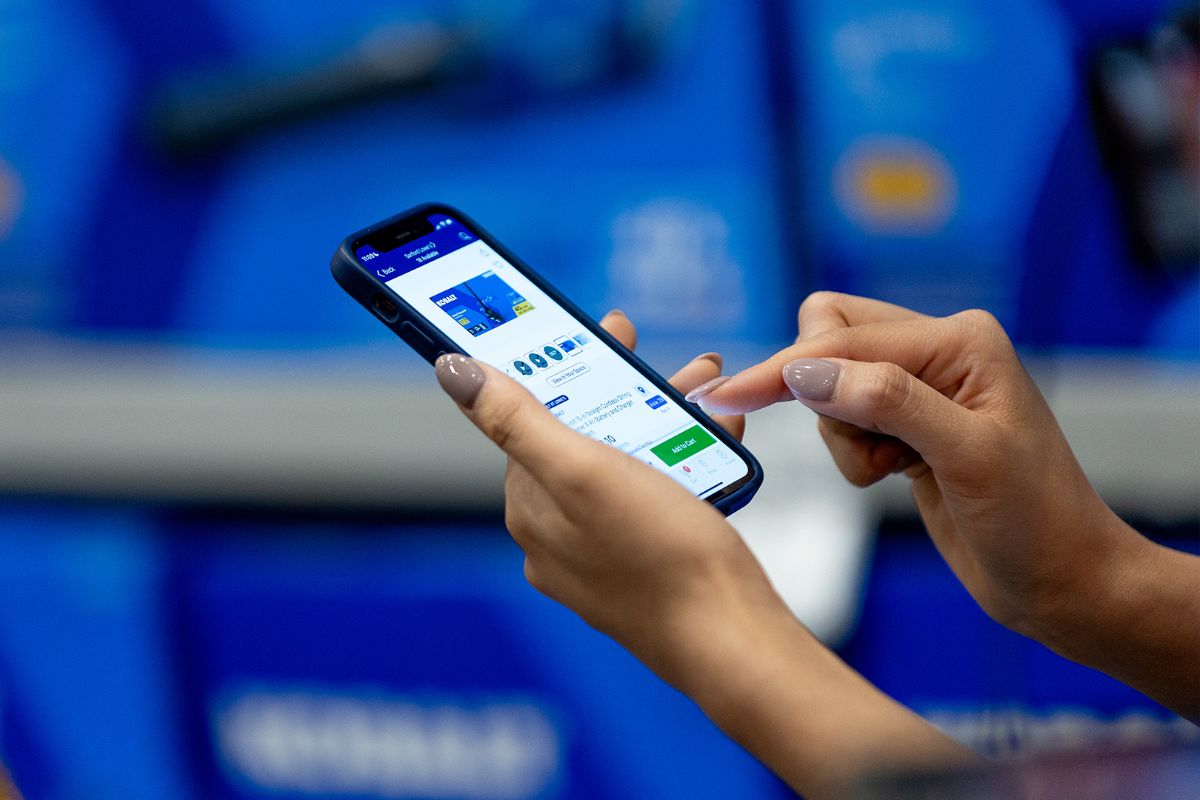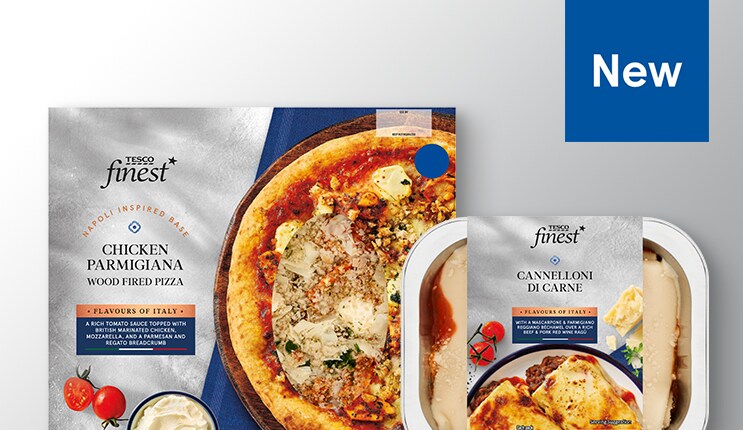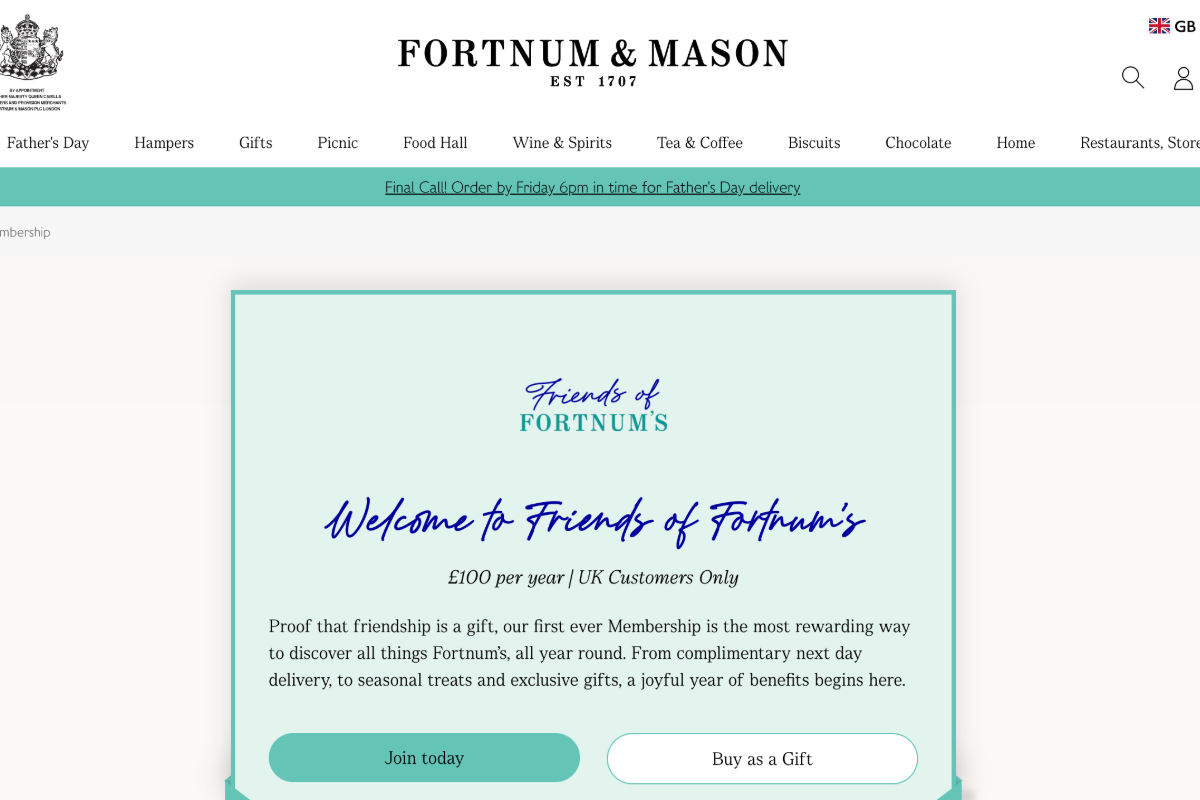In a recent InternetRetailing webinar, Tim Callan, chief marketing officer of SLI Systems, and Martin Newman, chief executive of Practicology, discussed how online retailers can learn from customers shopping behaviour to deliver a more relevant experience. Below, we summarise the subject areas covered.
Martin Newman, chief executive of Practicology
• Martin opened with an introduction to himself and his strategic multichannel consulting business.
• It helps if you know what users are coming to your site for in the first instance: Wilkinson’s example – customers are task-focused, using specific search terms.
• Different needs lead to different user journeys: inspiration, problem solving expert or task-focused search.
• Task/expert searchers often move straight to the search box.
• Problem solvers use filters, which help narrow down answers.
• Case study examples from the world of jewellery: Paspaley and Ice.com, and how they provide search solutions for inspiration-seekers, problem solvers and experts.
• Filters/facets: can help users get to what they want more quickly. Colour swatches are useful.
• Examples: Currys, and their wide list of filters.
• Site search: used by mission shoppers, first-time shoppers, gift shoppers and customers who access the site via smartphone.
• Using search data: dedicated landing pages, information about products they want to find, analysis of search terms could give useful information about where to stock certain items.
• Example: New Balance and how it deals with ‘no results’ by showing relevant results.
• Example: Home Depot and how it deals with no results, by showing available products.
• How Boden uses rich auto-complete or type ahead to show customers options while they’re still looking.
• Conversion rates: Screenpages analysed 21 websites and found average site search was 5.75% but those who used it converted at an average of 4.63% versus average of 2.77%. “Getting site search right is a serious driver of sales.”
Mobile
• Mobile-optimised search: more important for smartphone users than those on desktops. Mobile users use the search box to find delivery/contact details etc, while auto-complete options are particularly useful.
• In future think about how search and geography can combine to strong effect, eg linking what’s displayed with local store stock.
Personalisation
• “We’ve talked about personalisation for quite some time but in reality I don’t see many retailers at the moment really delivering a personalised experience.”
• How dynamic personalisation tools take real time data, feed it through merchandising and business rules to show the right content.
• Content: retailers can personalise much of website from search results and landing page to the shopping cart. Examples: Bulbs.com, Puma, Staples, Home Depot.
• Case study: Arcadia Group: how intelligent, dynamic product recommendations based on user behaviour, location, season and stock availability helped lift average order value by 67% in 2012.
Poll: Which of these initiatives are most important to the success of your ecommerce site? Increase conversion (79%) Raising average order values (6%) Driving repeat business (15%)
Tim Callan, chief marketing officer, SLI Systems
• Tim opened with an introduction to SLI Systems.
• Searchers are most valuable shoppers. One example website showed shoppers who don’t use search converted at an average 2.31% , while those who did converted at an average 14.63% – six times higher. Average order values, time on site, pages per visit and per visit value also rose among searchers.
• Make the search box visible: examples: MyProtein, Snow + Rock, B&Q, Wickes. Case study: Oasis and the difference a larger search box made.
• Rich auto-complete. Example: Jelly Belly.
• Simple keyword matching is easy. Example: Sears Outlet.
• The importance of relevant search results. Example: a red dress search: Caché compared with Nordstrom. a crayon search: Lakeshore compared with National School Supply.
• Spelling and terminology. “You begin to see through search results what people were typing in that you weren’t quite expecting. You can discover and match spelling mistakes. Why would I want to penalise my customer for making a spelling error when I customer just wants to buy? You don’t have to.”
• Redirects can reduce the bounce rate. Eg Oasis, maternity page.
• Best practice examples.
Lakeshore Learning: teacher/parent search facets.
Republic of Tea: creative display of results, with pictures and information.
Modern Automotive Performance: refinements including make/model and year make search into a product finder to suit customer needs. SwimShop: floating search bar so customers can always amend their search terms.
e.l.f. cosmetics: incorporates rich editorial content into search results.
Andersen Windows: results include products and PDFs of product info.
eFaucets includes YouTube videos in the SLI banner tool to show results.
Kidrobot: shows Facebook, Twitter, Instagram and Pinterest social media search results as well as products. “They’ve brought rich content in where customers are buying, rather than out in the websphere where people are not buying.”
FTD Flower & Gift Shop: shows Facebook likes in product listings/search results.
• Use of search to gain insights into the market.
• Example: How Lovehoney developed the Fifty Shades of Grey range based on search results.
• Example: How Jelly Belly developed large packs of their champagne flavour sweets for the wedding market.
• Recommended products: How Renew Life, jeweller Michael C Fina and use recommended products to boost clickthroughs and sales.
• Tablet display: Sports Authority: optimising display of rich autocomplete on a tablet. SockShop: differing search experience on mobile and online.
• Long-tail SEO: how learning search can boost results among long-tail products and search terms.
• Example: Boden, where the SLI software automatically builds an optimised landing page dedicated to search terms.
• Dynamic product banners: how WineEnthusiast uses product banners to display relevant results.
• Question and answer session.
To hear the webinar for yourself, to view the accompanying slides and hear the question and answer session, visit the SLI Systems webinar page.
For details of our other webinars, visit our webinars page.








